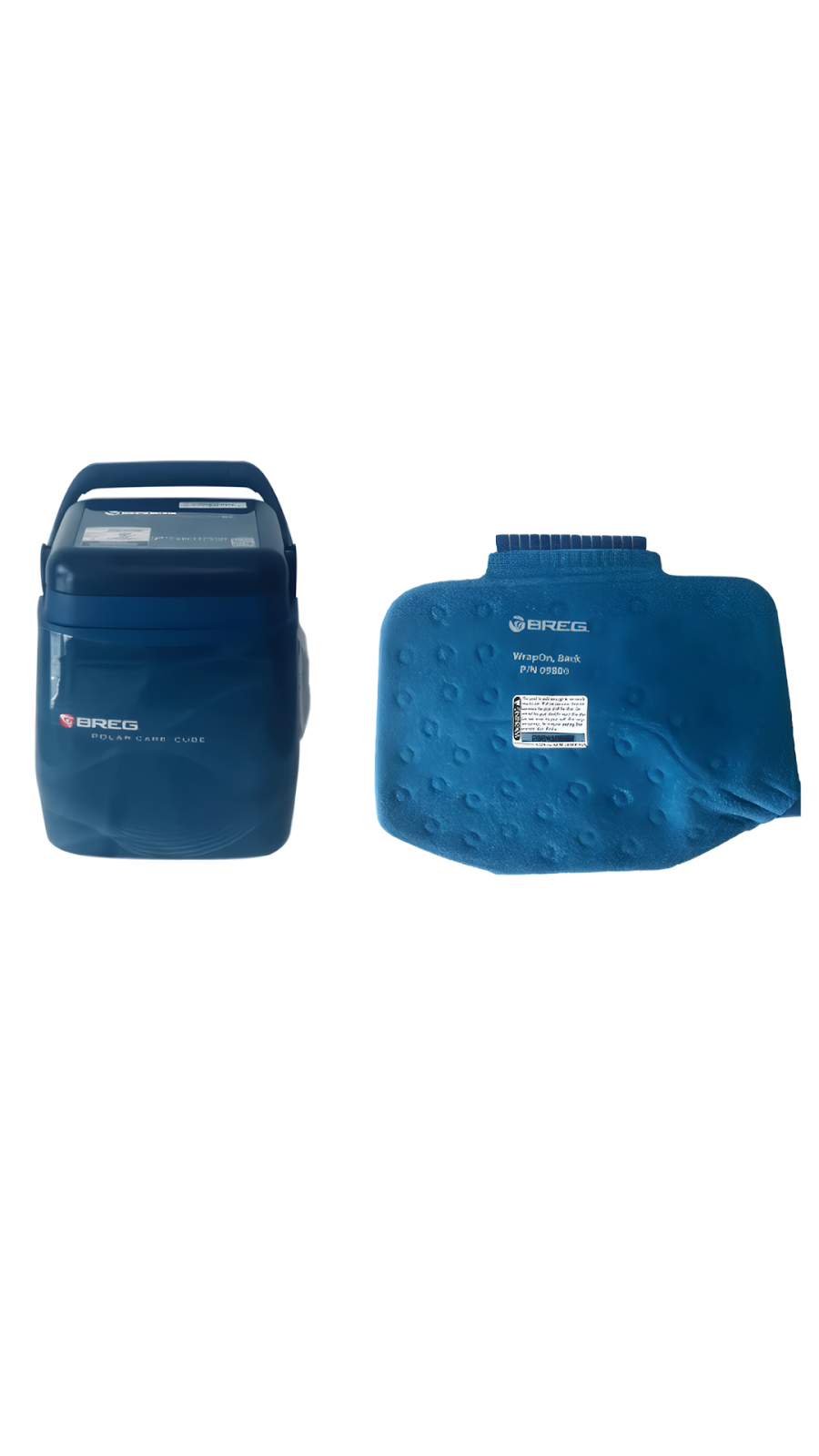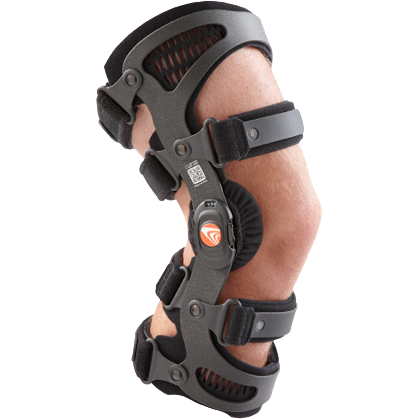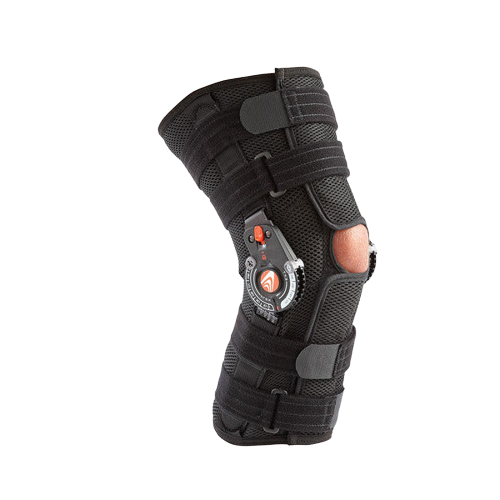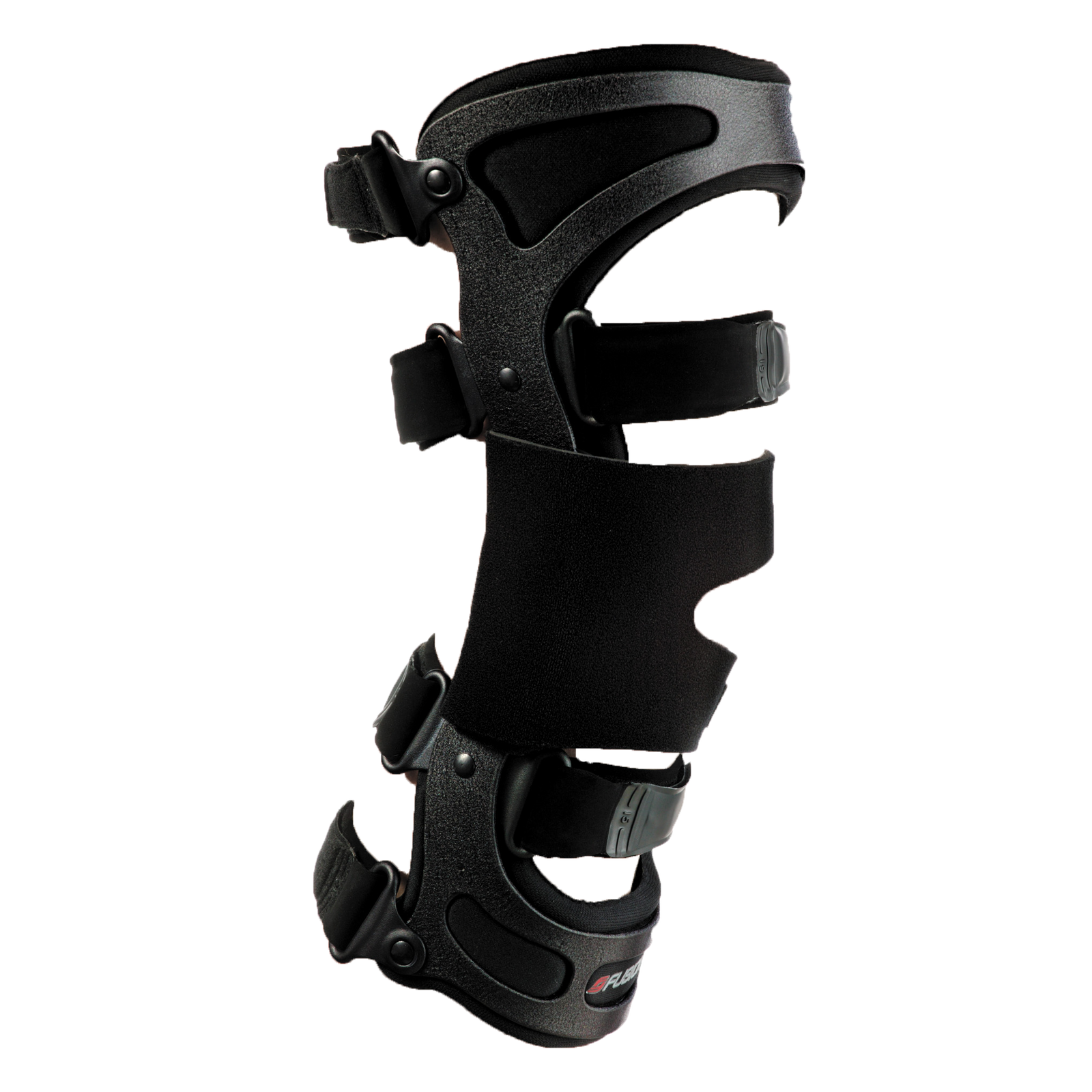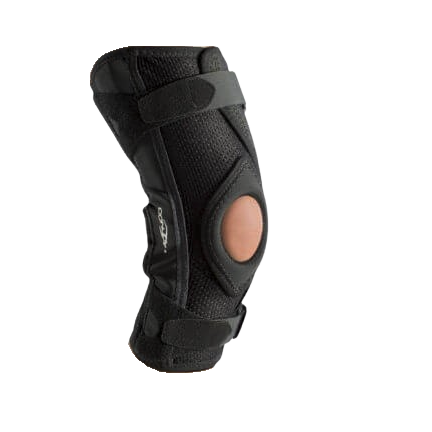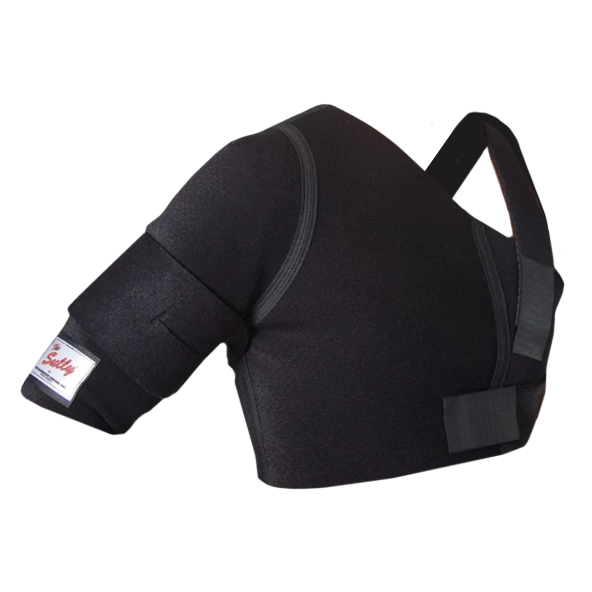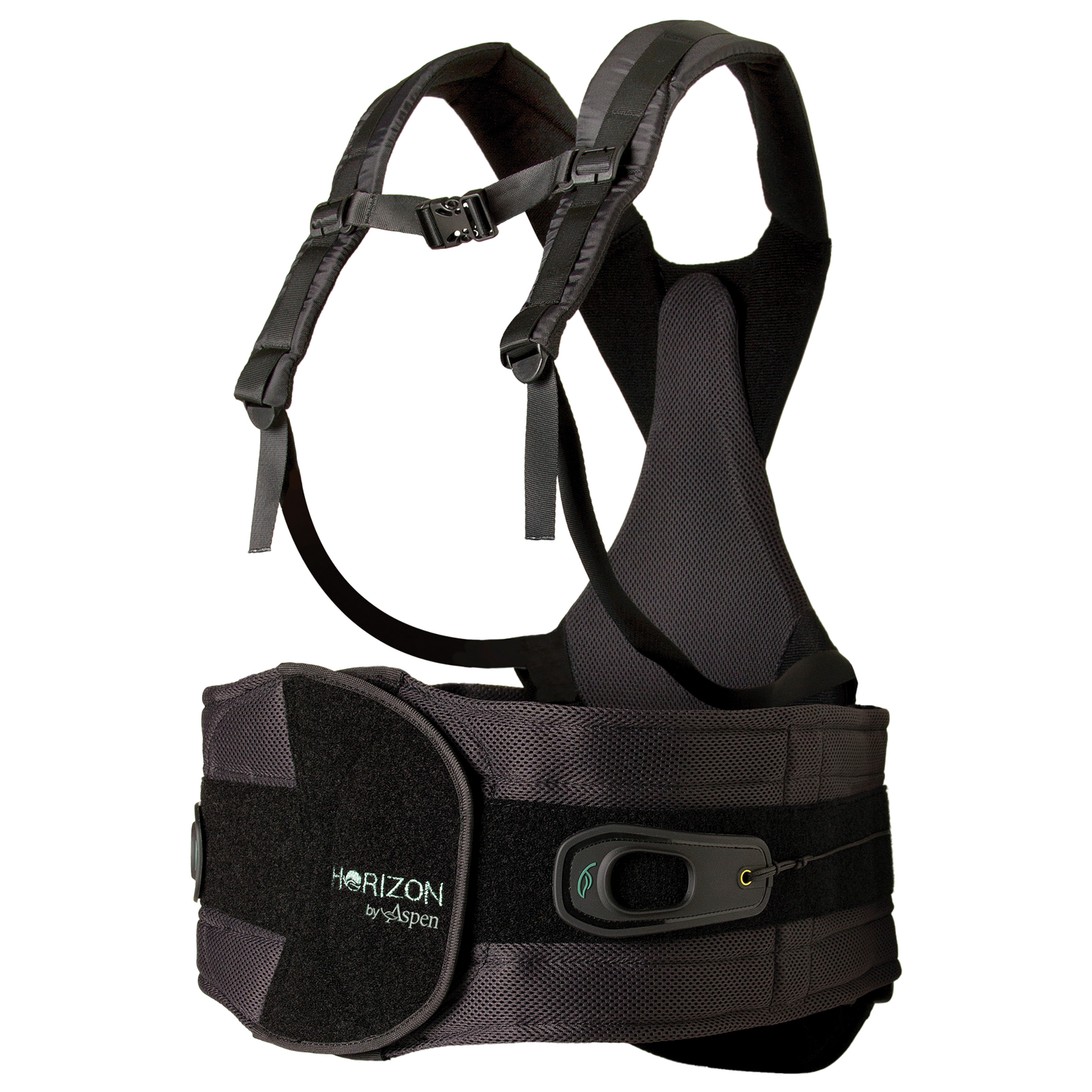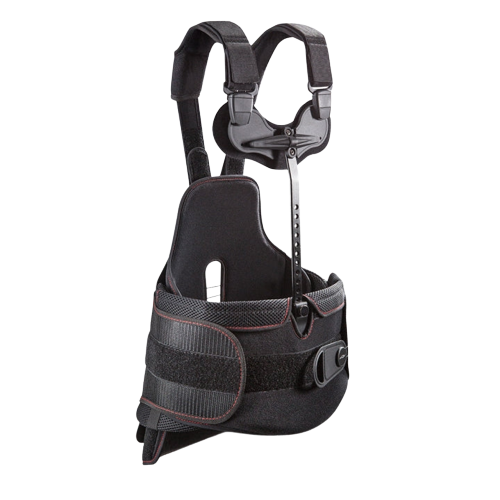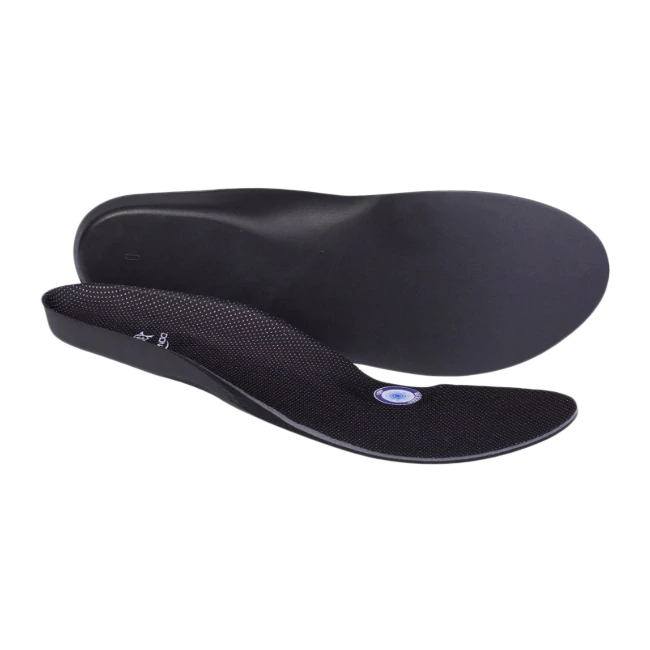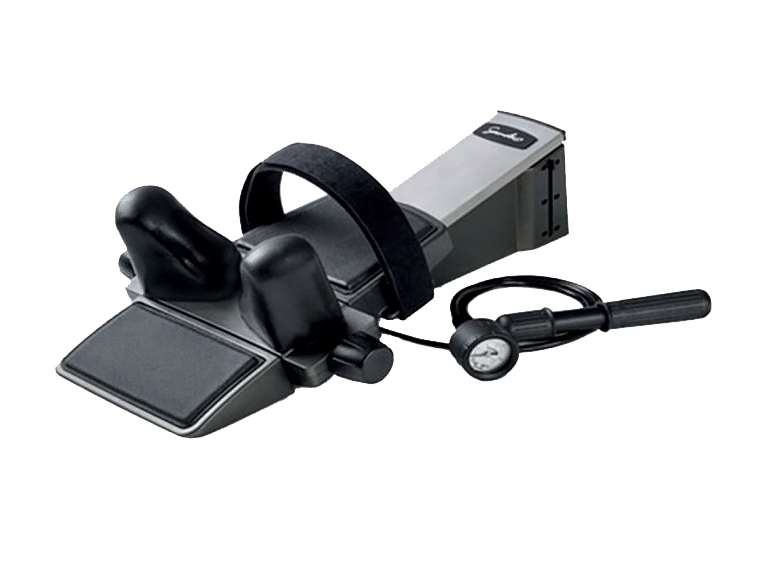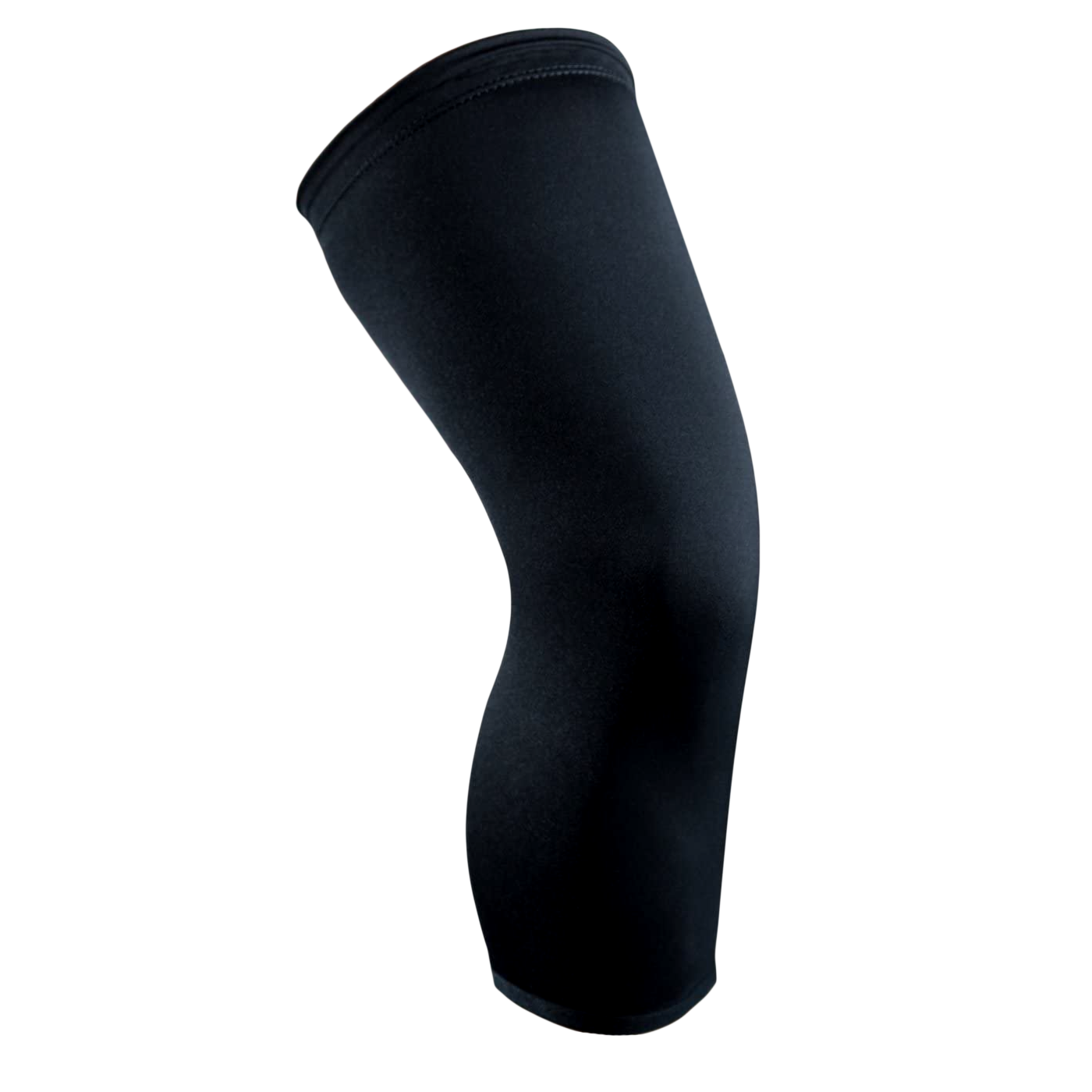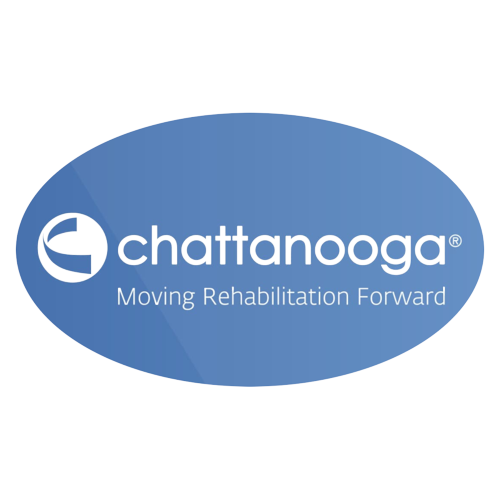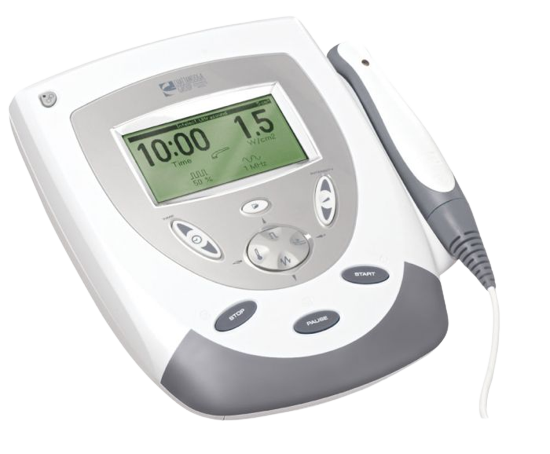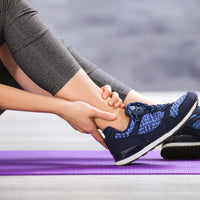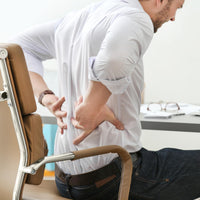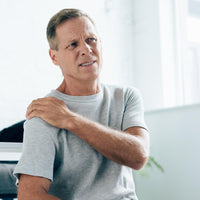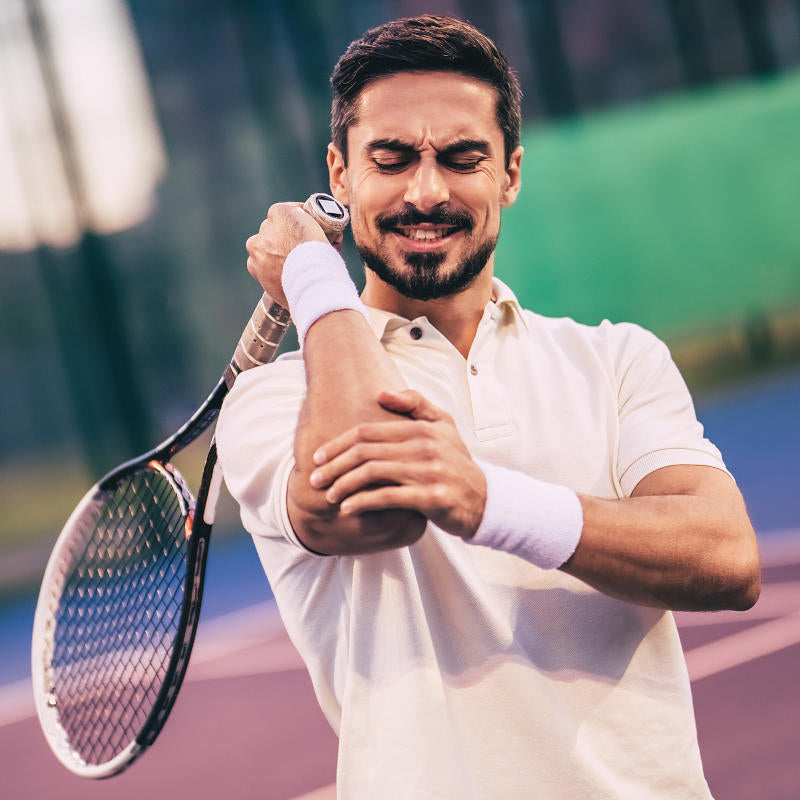
Key Takeaways:
- Cold Therapy’s Value: Cold therapy can be a powerful tool for pain relief, inflammation reduction, and accelerated recovery. It works by temporarily numbing nerves, reducing blood flow, and promoting circulation.
- Different Cold Therapy Methods: Effective cold therapy techniques include ice packs, ice baths, and cold compresses. Each method has its own advantages and should be chosen based on your specific needs and preferences.
- Stay Safe During Cold Therapy: Safety is paramount when using cold therapy. Always use a barrier between your skin and the cold source, monitor for signs of frostbite, and consult with a healthcare professional if you have any concerns.
Feeling sore after a workout or managing an injury? Orthobracing has you covered with top-of-the-line cold therapy products that can be used right at home. Whether you’re recovering from a tough training session or dealing with chronic pain, Orthobracing’s range of cold therapy machines and accessories offer an effective solution to help reduce pain and inflammation, and promote healing. With their premium, clinic-grade equipment, you can experience the same benefits of professional cold therapy in the comfort of your home.
Cold therapy, also known as cryotherapy, is a tried-and-true method for reducing inflammation and speeding up recovery from muscle soreness, joint pain, and injuries. Whether you’re using cold packs, ice baths, or advanced cold therapy machines, this treatment is popular for its ability to ease discomfort and promote faster recovery, making it a go-to for athletes and everyday individuals alike.
In this article, we’ll dive into the best ways to perform cold therapy at home. From the types of products available to the proper techniques for maximum effectiveness, we’ll cover everything you need to know to safely integrate cold therapy into your recovery routine—whether you're an athlete or simply looking for relief from day-to-day aches.
What Is Cold Therapy?
Cold therapy, also known as cryotherapy, is a treatment method that involves applying cold temperatures to the body to reduce pain, inflammation, and swelling. This technique is commonly used for injury recovery, muscle soreness, and to manage acute or chronic conditions like arthritis. The cooling effect causes blood vessels to constrict (vasoconstriction), which reduces blood flow to the affected area, minimizing swelling and numbing pain. Once the cold application is removed, blood vessels dilate (vasodilation), promoting better circulation and healing.
Benefits Of Cold Therapy: Why It Works
Cold therapy offers a range of benefits for managing pain, reducing inflammation, and accelerating recovery. Here’s a detailed breakdown of why it works so effectively:
Pain Relief
Cold therapy helps reduce pain by temporarily numbing the nerves in the treated area. The cold temperatures slow down nerve impulses, which decreases the sensation of pain. This makes it particularly useful for acute injuries, such as sprains or strains, where pain management is crucial in the early stages of recovery.
Reduces Inflammation And Swelling
When injured, inflammation is part of the natural healing response. However, excessive inflammation can cause discomfort and prolong recovery time. Cold therapy causes vasoconstriction (narrowing of blood vessels), which reduces blood flow to the injured area and minimizes the accumulation of fluids that cause swelling. This makes cold therapy effective for managing arthritis, post-surgical swelling, or soft tissue injuries.
Speeds Up Muscle Recovery
After intense physical activity, muscles can become sore due to tiny tears in the fibers (known as delayed-onset muscle soreness, or DOMS). Cold therapy, such as ice baths or cold compresses, helps reduce soreness by slowing down cellular metabolism in the muscles, limiting further tissue damage, and enhancing recovery.
Prevents Tissue Damage
Applying cold therapy immediately after an injury can prevent further tissue damage by reducing metabolic demand. Injuries increase tissue metabolism, which can lead to further breakdown in the absence of sufficient oxygen supply. Cold therapy slows down the process, limiting damage to surrounding tissues.
Increases Circulation Post-Treatment
After cold therapy is applied and removed, the body responds by increasing blood flow to the treated area, known as vasodilation. This surge in circulation helps remove waste products like lactic acid, which can build up during exercise and deliver oxygen and nutrients to the muscles and tissues, promoting faster healing.
Preparing For Cold Therapy: Essential Equipment And Supplies
Often used for injury recovery and pain relief, cold therapy requires specific equipment and supplies to ensure practical and safe application. Whether you’re a professional athlete or recovering from surgery, having the right tools can enhance your recovery experience. Here’s a guide to the essential equipment and supplies you need for cold therapy.
Cold Therapy Machine
A dedicated cold therapy machine is the cornerstone of effective cold therapy. These machines circulate cold water through pads that can be applied to affected areas. They maintain a consistent temperature, ensuring optimal cooling without the risk of frostbite. Look for machines that offer adjustable temperature settings for a personalized experience. Orthobracing carries a variety of cold therapy machines to suit your needs.
Cold Packs And Gel Packs
For localized treatment, cold packs or gel packs can be beneficial. These packs can be stored in the freezer and applied directly to the injured area. Look for flexible packs that conform to the body for maximum coverage and comfort.
Compression Sleeves Or Wraps
Combining cold therapy with compression can help reduce swelling and improve circulation. Compression sleeves or wraps can be used alongside cold packs or therapy machines to enhance effectiveness. Make sure they are adjustable for a snug fit without cutting off circulation.
Towels Or Fabric Barriers
When applying cold therapy, it’s crucial to protect your skin from direct contact with ice or extremely cold surfaces. Use towels or soft fabric barriers between the cold source and your skin to prevent frostbite or irritation.
Timer
Monitoring the duration of your cold therapy sessions is important to avoid overexposure. A simple timer can help you track how long you’ve been applying cold therapy, typically recommended for 15-20 minutes at a time, with breaks in between.
Medical Tape Or Adhesive Strips
If you’re using cold packs or wraps, medical tape can secure them, ensuring they stay put during treatment. Choose hypoallergenic tape to prevent skin irritation.
First Aid Kit
Having a first aid kit on hand is essential for any recovery process. Include items like band-aids, antiseptic wipes, and pain relief medications to address any additional injuries or discomfort that may arise.
Hydration Supplies
Staying hydrated is crucial, especially if you use cold therapy after workouts or during recovery. Keep water or electrolyte drinks nearby to replenish fluids lost during physical activity.
Effective Cold Therapy Techniques: Step-By-Step Guides
If done correctly, implementing cold therapy at home can be simple and effective. Here, we'll provide detailed guides on how to integrate cold therapy into your recovery plan safely.
Ice Packs
Materials Needed:
- Ice packs or frozen vegetables
- Thin cloth or towel
Steps:
- Prepare the Ice Pack: If using frozen vegetables, ensure they are in a leak-proof bag. For traditional ice packs, make sure they are sufficiently frozen.
- Wrap the Ice Pack: Always wrap the ice pack or frozen bag of vegetables in a thin cloth or towel to avoid direct skin contact and prevent frostbite.
- Apply to the Affected Area: Place the wrapped ice pack on the area you treat. It's crucial to target the specific area of pain or swelling.
- Duration: Keep the ice pack in place for 15-20 minutes. Monitoring the time is essential to avoid overexposure to cold.
DIY Cold Therapy
Materials Needed:
- 2 parts water
- 1 part rubbing alcohol
- Ziplock bag
- Freezer
Steps:
- Mix Solution: In the ziplock bag, mix two parts of water with one part rubbing alcohol. This mixture prevents the solution from freezing solid, making it easier to mold around your body.
- Freeze: Place the bag in the freezer for several hours until it is slushy.
- Application: Similar to the ice pack technique, wrap the bag in a thin towel before application to avoid direct skin contact.
- Duration: Limit the application time to 15-20 minutes to prevent skin damage.
Cold Therapy Machines
Materials Needed:
- Cold therapy machine
- Water and ice
Steps:
- Prepare: Fill the machine's reservoir with ice and then add water to the indicated fill line.
- Wrap Attachment: If your machine comes with a pad or wrap, securely attach it to your body over a thin barrier cloth to protect your skin.
- Operation: Turn the machine on. Different models may have varying operational instructions, so refer to your device’s manual for specific guidance.
- Monitoring Time: While these machines can run longer than traditional ice packs, closely monitoring usage time is crucial. For most recovery needs, a session of 15-30 minutes, depending on personal tolerance and medical advice, is recommended.
Additional Tips:
- Safety First: Always use a cloth barrier between your skin and the cold source.
- Frequency: You can apply cold therapy several times a day. Ensure an adequate break between sessions allows your skin to return to its normal temperature.
- Listen to Your Body: Discontinue use and consult a healthcare provider if you experience adverse reactions, such as increased pain, numbness, or changes in skin color.
Safety Precautions: Avoiding Common Mistakes
When adopting cold therapy as a method for recovery at home, particularly following orthopedic surgery, it's paramount to proceed with caution to maximize the benefits while minimizing any risks of injury. If not conducted properly, cold therapy can lead to complications such as frostbite or skin damage. To ensure a safe and effective healing process, adhere to these safety precautions, and be mindful of the following common mistakes.
- Duration of Cold Therapy: It’s crucial to monitor how much time you expose any part of your body to cold temperatures. The recommended duration for cold therapy is typically between 15 and 20 minutes per session. Exceeding this time frame can harm your skin and underlying tissues. Without a built-in timer, keeping a close watch on the clock is essential to avoid overexposure.
- Direct Skin Contact: Never apply a cold pack or ice to your skin. Wrap the cold source in a thin towel or cloth to act as a barrier and prevent skin damage. Direct contact can lead to ice burns or frostbite, especially in compromised circulation due to surgery.
- Frequency of Applications: While it might be tempting to use cold therapy frequently for relief, it’s important to allow your body time to return to its normal temperature between sessions. A safe guideline is to wait at least one hour after your skin has fully rewarmed before applying cold therapy again.
- Intensity of Cold: When using any cold therapy device or method, start with a moderate level of cold. If ice packs are used from a freezer, for instance, they should not be so cold that they cause immediate discomfort or pain. The sensation should be tolerable, not distressing.
- Listening to Your Body: Pay close attention to your body’s reaction to cold therapy. If you experience numbness, excessive pain, increased swelling, or skin color changes, immediately cease the therapy and consult a healthcare professional. These could be signs of overuse or improper application.
Combining Cold Therapy With Other Treatments: Enhancing Results
Here’s how to effectively combine cold therapy with other treatments for improved results.
Physical Therapy
Cold therapy is often used in conjunction with physical therapy. Applying cold before therapy sessions can reduce inflammation and pain, allowing patients to engage more fully in their rehabilitation exercises. Post-therapy, cold can help minimize any swelling or soreness that may arise from physical activity.
Compression Therapy
Combining cold therapy with compression can be particularly effective for reducing swelling and improving circulation. Many cold therapy machines, such as those available at Orthobracing, offer integrated compression features. The combination of cold and compression works synergistically to decrease pain and speed up recovery.
Heat Therapy
While it may seem counterintuitive, alternating between cold and heat therapy (also known as contrast therapy) can be beneficial. Cold therapy reduces inflammation and numbs pain, while heat therapy promotes blood flow and relaxes muscles. Use cold therapy immediately after an injury, then switch to heat therapy after the initial inflammation subsides to aid recovery and promote flexibility.
Massage Therapy
Integrating cold therapy with massage can enhance muscle recovery and relaxation. Cold therapy can be applied before a massage to numb the pain and reduce inflammation, allowing for a more effective massage experience. After massage, cold therapy can help alleviate any soreness that results from muscle manipulation.
Electrotherapy
Techniques like TENS (Transcutaneous Electrical Nerve Stimulation) can be effectively combined with cold therapy. Cold therapy helps to reduce pain prior to using TENS, making the electrical stimulation more comfortable and effective. This combination can be particularly useful for managing chronic pain conditions.
Medication
Cold therapy can complement pain relief medications, both over-the-counter and prescription. By reducing inflammation and numbing pain, cold therapy may allow for lower dosages of medications, minimizing potential side effects. Always consult with a healthcare provider before making changes to your medication regimen.
Stretching And Mobility Work
Incorporating cold therapy into your stretching routine can be effective for muscle recovery. Applying cold before stretching can help reduce muscle tension, making it easier to perform stretches safely. Afterward, cold therapy can alleviate any discomfort resulting from stretching or mobility work.
Nutritional Support
Nutrition plays a vital role in recovery. Combining cold therapy with a balanced diet rich in anti-inflammatory foods can enhance results. Foods high in omega-3 fatty acids, antioxidants, and vitamins can complement the benefits of cold therapy by promoting healing from the inside out.
Mindfulness And Relaxation Techniques
Integrating mindfulness practices such as deep breathing or meditation with cold therapy can enhance the overall recovery experience. Relaxation techniques can help manage pain perception and stress, allowing for a more comprehensive approach to recovery.
Final Thoughts
Incorporating cold therapy into your home recovery routine can significantly aid your healing journey following orthopedic surgery. Understanding how to do cold therapy at home effectively empowers you to manage pain, reduce swelling, and enhance your recovery process efficiently. Whether you opt for simple ice packs or homemade cold therapy solutions or invest in professional-grade cold therapy machines from reputable brands like AirCast, Breg, Chattanooga, DonJoy, and Exos, the critical factor is consistency and adherence to recommended duration times for maximum benefit.
Remember, recovering from orthopedic surgery is a journey that requires patience, care, and the right tools. Our company is committed to supporting you through this journey by providing the highest quality brands known for orthopedic surgery recovery and pain relief. Whether you're navigating the early days post-surgery or further along in your recovery, integrating cold therapy can make a palpable difference in your healing process.
As you explore how to do cold therapy at home, always prioritize your safety and consult your healthcare provider to ensure it aligns with your specific recovery needs. Cold therapy, when done correctly and safely, can be a cornerstone of your recovery, helping you return to your daily activities with less pain and more confidence.
Read also:
- The 7 Best Cold Therapy Machines for Faster Recovery Times
- How To Use An Ice Machine For Knee: Step-By-Step Guide
- How Long to Use Cold Therapy After Surgery
Frequently Asked Questions About How To Do Cold Therapy At Home
When should I use cold therapy?
Cold therapy is most effective within 48 hours following an injury or surgery. It is ideal for acute injuries, post-surgery recovery, and any situation where swelling, inflammation, or pain is present. Before starting any treatment, consult a healthcare professional for advice on your condition and situation.
What injuries are best treated with cold therapy?
Cold therapy benefits acute injury or pain, inflammation, swelling, and recovery from orthopedic surgeries. It's particularly effective for injuries such as sprained ankles, knee injuries, elbow injuries, and conditions like tendinitis or inflammatory arthritis. However, its applicability depends on individual circumstances, so personal discretion and professional guidance are advised.
How long should I apply cold for?
The recommended duration for cold therapy application is typically 20-30 minutes at a time. This timing can vary depending on the specific method and equipment used and the area of the body being treated. It's essential to monitor skin condition during application and to give time between sessions to allow the skin to return to normal temperature and check for any adverse reactions.
Can cold therapy be harmful?
Cold therapy is a safe and effective method for pain relief and swelling reduction when used appropriately. However, it can be harmful if applied directly to the skin without a barrier (like a cloth), used for too long, or used on people with certain conditions such as circulatory disorders. It's vital to follow recommended guidelines and consult a healthcare provider if unsure.
What's the difference between cold therapy and cryotherapy?
While both involve using cold temperatures for therapeutic purposes, cryotherapy is typically conducted in specialized facilities where the entire body is exposed to very cold air for a few minutes. On the other hand, cold therapy can be done at home with ice packs, cold gel packs, or cold therapy machines and is usually applied directly to a specific area of the body.
Can I use cold therapy if I have certain medical conditions?
Individuals with conditions like Raynaud's phenomenon, circulatory disorders, neuropathy, or those who are pregnant should consult with a healthcare provider before beginning cold therapy. It's crucial to ensure that the therapy won't interfere with any existing health issues or prescribed treatments.

